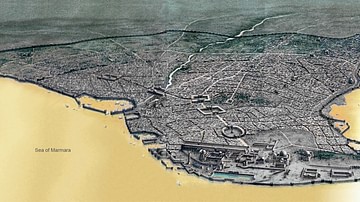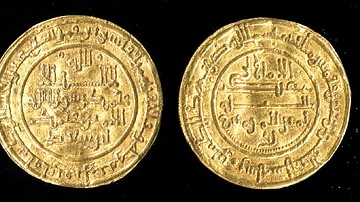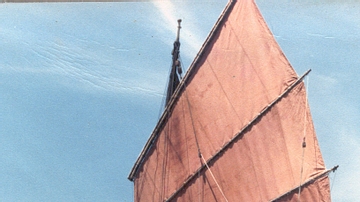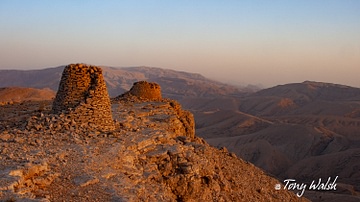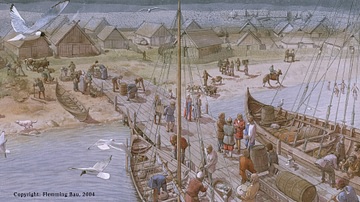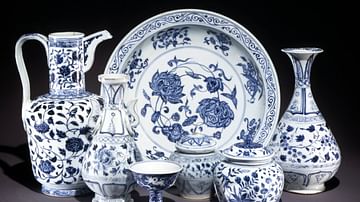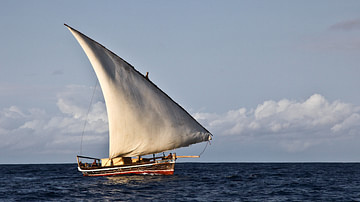Peoples, cities and states have traded since antiquity but in the medieval period, things escalated so that goods travelled ever greater distances by land, river and sea. Great cities arose thanks to commerce and international trade such as Constantinople, Venice and Cairo. Certain places gained regional, even global recognition for their speciality products or natural resources. Silk and porcelain from China, salt from the Sahara, gold from Japan and ivory from West Africa were just some of the items for which medieval peoples had an insatiable demand for. Trade was further boosted by the wider use of currency and loans, the growth in local markets and regular fairs, improvements in transport, and the establishment of guilds which regulated and kept up the standards of certain manufacturing professions.
In this collection, we look at trade in Europe, West Africa, the Byzantine Empire, the Swahili Coast and East Asia, examining what exactly was exchanged for what, how governments promoted trade and what were the lasting political and cultural consequences of an ever-increasing contact between the peoples of the medieval world.
Such was the fame and dominance of Chinese porcelain in the world ceramics market that all fine, bone-hard, and white porcelain wares were often simply called 'China'. As these fine wares combined beauty and the allure of their mysterious production - it was only in the 18th century CE that the secrets of porcelain manufacture were learnt in Europe - there even developed a collectorship of them in the West, and many of these collections have since been passed on to museums worldwide.

